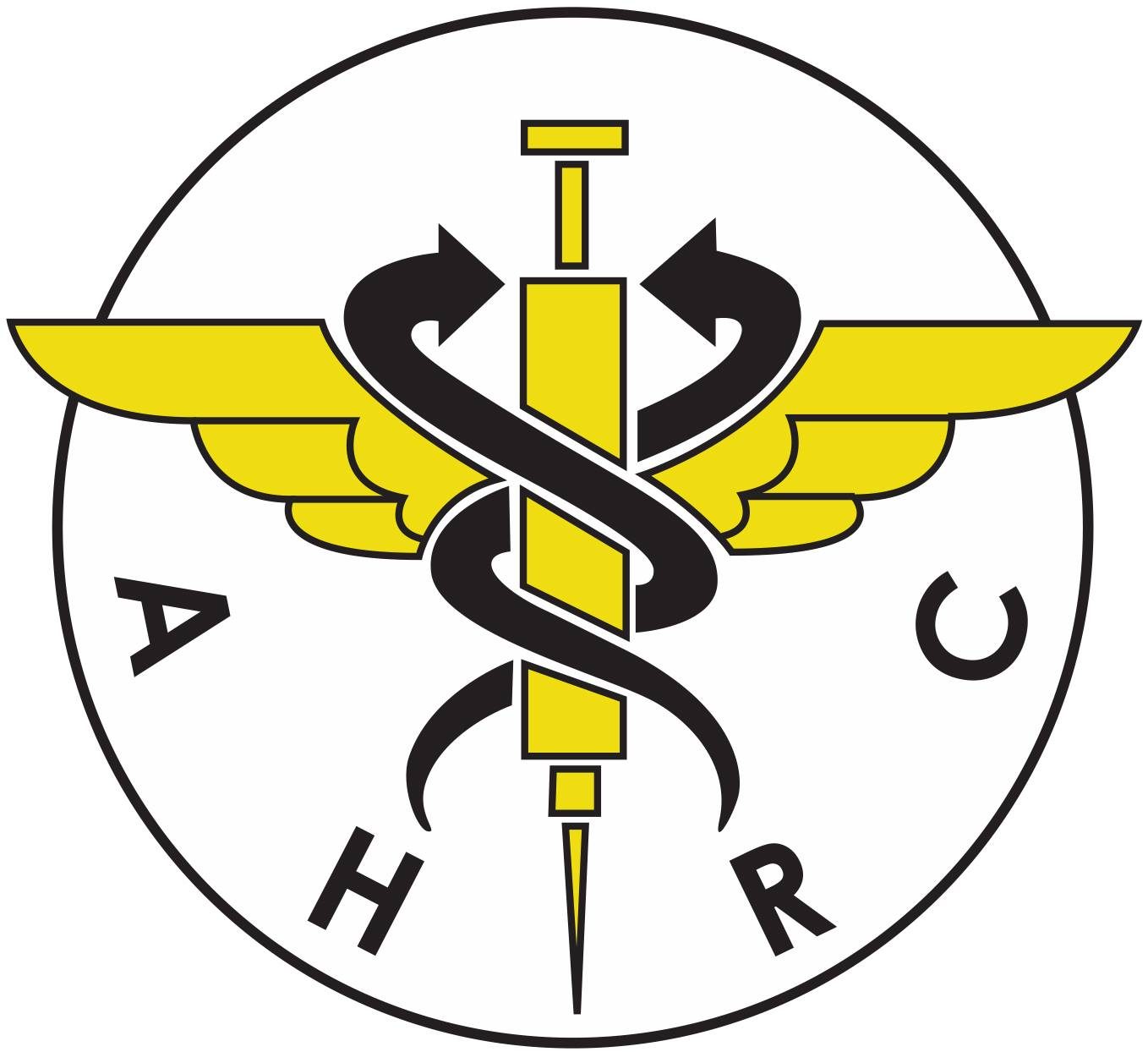Harm Reduction enables choices, possibilities, and opportunities without imposing change.
Harm reduction is a set of practical public health strategies that reduce negative consequences of drug use and promote healthy individuals and communities by incorporating a spectrum of practices from safer use, to managed use, through abstinence. Harm reduction strategies meet drug users where they are, addressing conditions of use along with the use itself.
We consider the following principles central to harm reduction practice:
-
Accept, for better and for worse, that licit and illicit drug use is part of our world and choose to work to minimize its harmful effects rather than simply ignore or condemn them.
-
Understand drug use as a complex, multi-faceted phenomenon that encompasses a continuum of behaviors from severe abuse to total abstinence, and acknowledge that some ways of using drugs are clearly safer than others.
-
Establish quality of individual and community life and well-being–not necessarily cessation of all drug use–as the criteria for successful interventions and policies.
-
Call for the non-judgmental, non-coercive provision of services and resources to people who use drugs and the communities in which they live in order to assist them in reducing attendant harm.
-
Ensure that drug users and those with a history of drug use routinely have a real voice in the creation of programs and policies designed to serve them.
-
Affirm drugs users themselves as the primary agents of reducing the harms of their drug use, and seek to empower users to share information and support each other in strategies, which meet their actual conditions of use.
-
Recognize that the realities of poverty, class, racism, social isolation, past trauma, sex-based discrimination and other social inequalities affect both people’s vulnerability to and capacity for effectively dealing with drug-related harm.
-
Do not attempt to minimize or ignore the real and tragic harm and danger associated with licit and illicit drug use.
Harm Reduction is supporting any positive change.
Good public health policy reflects many things that are the core principles of harm reduction. Healthcare systems strive to meet people where they are, in hopes of bringing them to a healthier place. Doctors will often work with their patients’ substance use in incremental steps, realizing that drastic lifestyle change usually fails. Public health policy has begun to embrace holistic, person-centered care, which harm reduction has been practicing for years. Evidence-based practices are demanded of healthcare professionals. Public health reform and harm reduction use much of the same language and principles. Harm reduction strategies are evidence-based, and most effective when adopted as a community-wide approach.
Harm reduction gives basic human rights to the drug user, in a world where those are often denied. Harm reduction maximizes intervention options, recognizing that people benefit from a variety of approaches. No one method of treatment works for everyone, and harm reduction brings all the options to each participant’s table, so that they may be able to make a choice that is best suited for them. This philosophy reverberates throughout public health.
The active participation of people who use drugs is at the heart of harm reduction. People who use drugs are seen as the best source of information about their own drug use and are empowered to join with service providers to determine the best interventions to bring about change. Participating in one’s own treatment decisions, or volunteering in harm reduction helping others empowers drug users and motivates them to make positive change. Many healthcare providers take a similar approach with their patient’s health issues because no one is better equipped to find the best solution for one’s healthcare than the patient himself.
